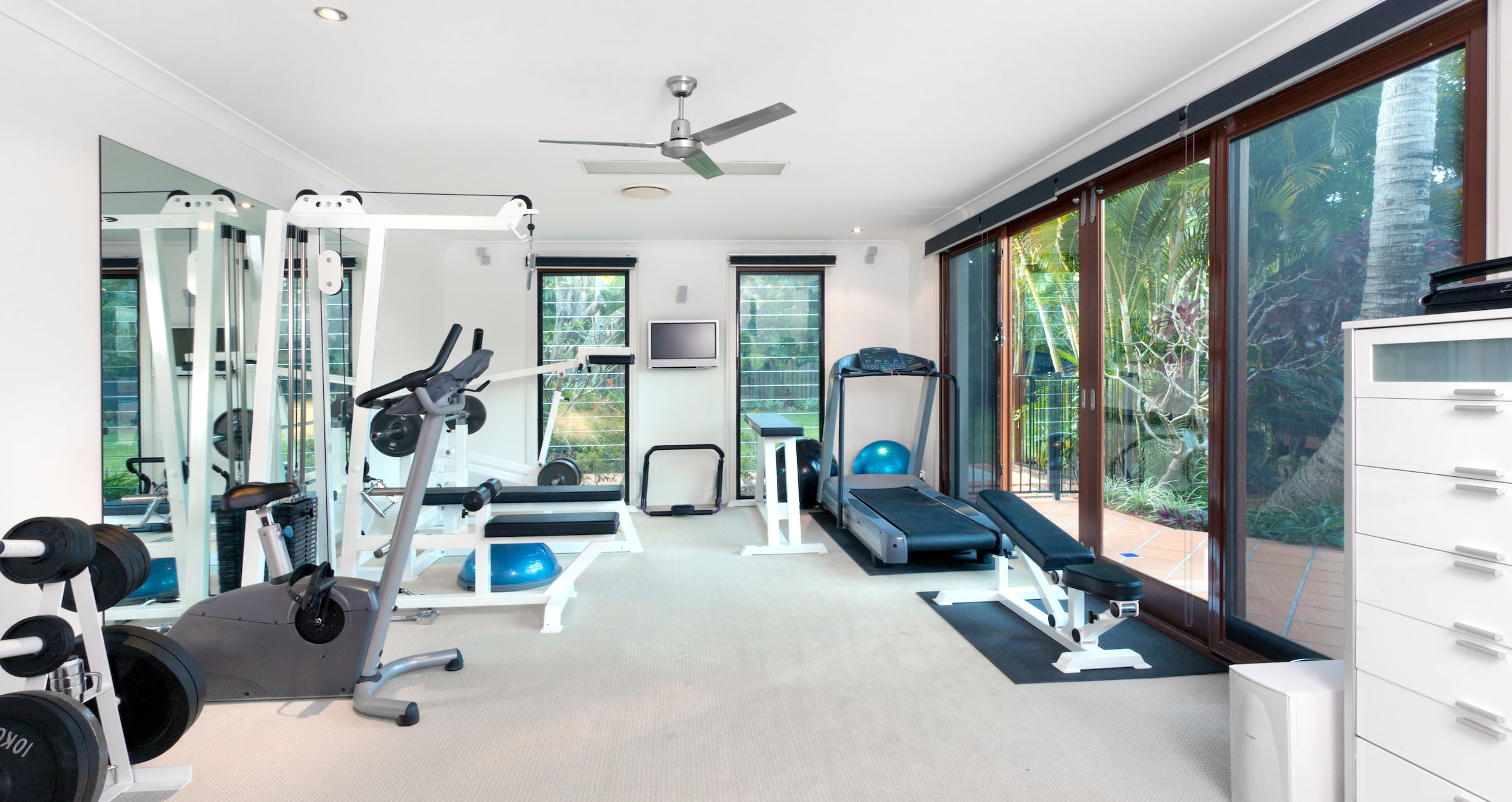A dedicated space where you can work out at home is the dream of most people who are into fitness. Not only can it save you time, since you won’t have to travel to a gym but in the long run it could also save you money on expensive gym memberships.
Here I’ll try to provide you with some handy tips and tricks to help you turn your spare space at home into a home gym that will help you reach your exercise goals.
Choosing the Space
Whether you’re using a spare bedroom, building an outdoor shed, or utilising your garage or dining room, it’s important to accurately measure the size of your space to see what equipment you can fit and to ensure it has adequate underfloor support for the weight.
Even if your room is on the ground floor, you may also need to consider whether you have a cellar space underneath your home (even if it’s not accessible, it might still be there!)
Add Storage
The last thing you want is loose wires, ropes, and dumbbells tripping you over whilst you’re working out so make sure to invest in storage where you can store all your essential equipment and keep the space looking tidy.
Built-in cupboards are ideal for storing towels and other essentials like mats, weights, and skipping ropes while sliding wardrobes can hold your gym outfits and footwear.
Prepping Your Space
A home gym may need certain considerations and adaptations that another room conversion wouldn’t, for example, temperature control to keep your home gym cool and soundproofing to reduce the impact of your workouts on your family or neighbours.
Make sure that your home gym has plenty of natural light, making the most of windows by keeping windowsills clutter-free and fitting retractable blinds.
You’ll also want to choose neutral decor that won’t distract you and opt for flooring that is non-slip and won’t easily be damaged by heavy equipment, rubber-soled shoes, or dropped weights.
Be Goal Oriented
Thinking about what goals and milestones you’re trying to achieve will help you properly plan the space and decide what equipment you do or don’t need.
If you’re trying to improve your strength and flexibility, then you might want to opt for free weights and plenty of open floor space to do activities like yoga.
Whereas if you’re training for a marathon or looking to improve your endurance, then a cardio machine like a treadmill, exercise bike, or cross trainer might be more appropriate.
If you already attend a gym, think about the machines you tend to gravitate towards and those you avoid. There’s no point investing in machines you’re unlikely to use when you could use that space for something you’ll use every day.
The Equipment
Don’t feel pressured to buy all brand-new, top-of-the-range equipment for your home gym right away. A few basic, good-quality pieces of equipment are enough to get you going.
You can also sometimes pick up preloved, second-hand equipment from people who have impulse-purchased machines and barely used them or fitness fanatics who are switching up their equipment.
You can always upgrade in time if you find a particular passion or start to outgrow your equipment.





